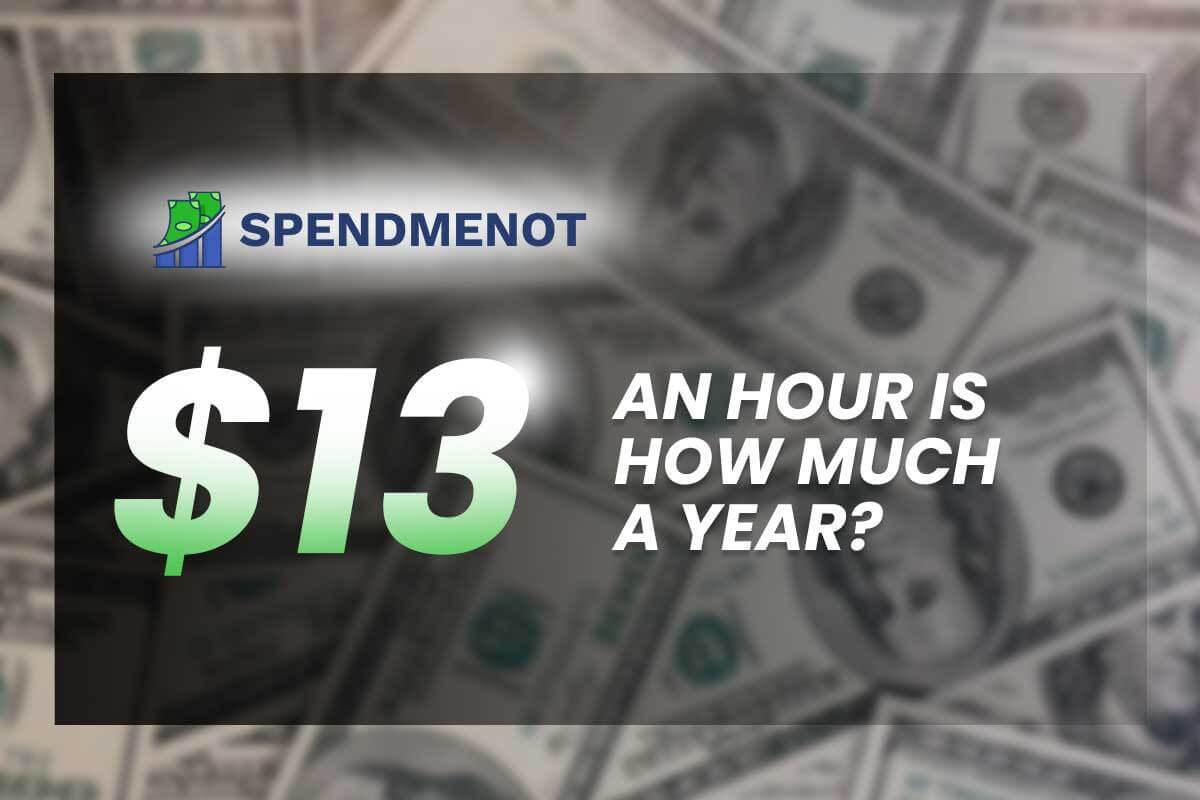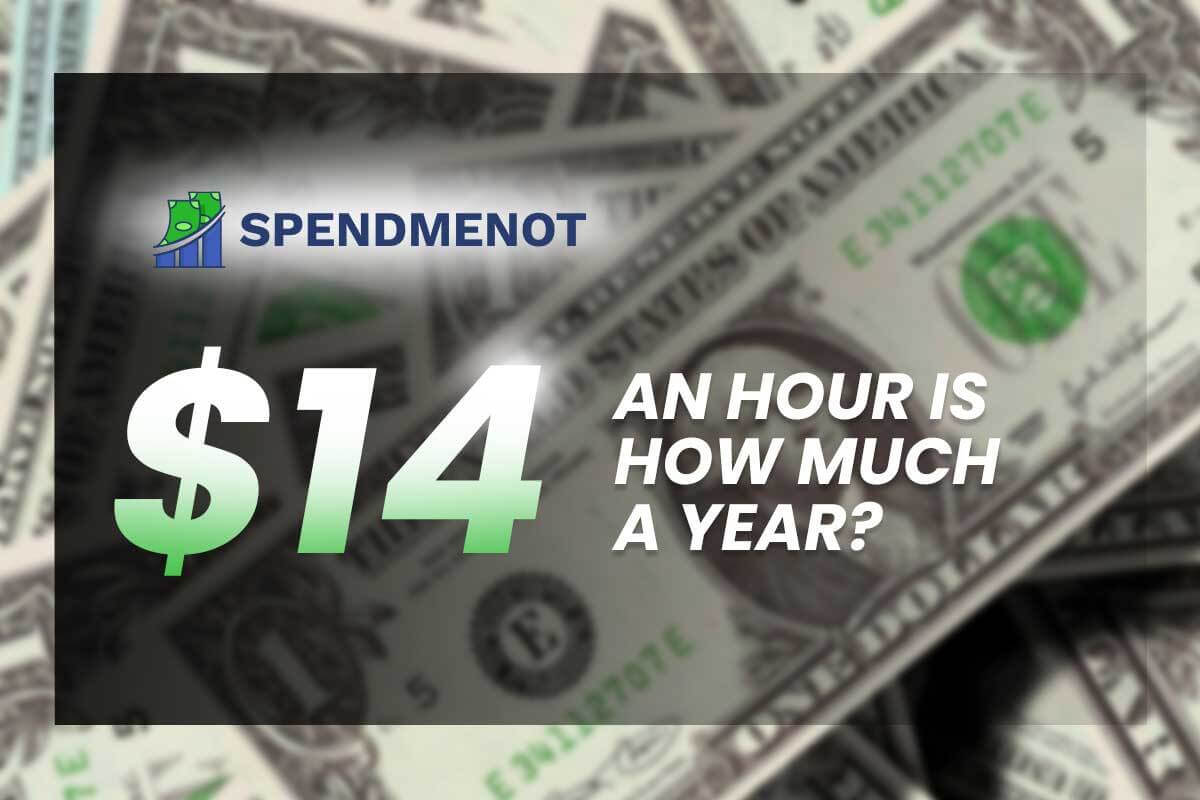How Much of My Credit Limit Should I Use?
Last Updated: January 11, 2023
“Just because you can, doesn’t mean you should.” This adage can be applied to many decisions in life, and the credit utilization ratio is definitely one of them.
You certainly can use it all, but should you?
Almost everyone is under some sort of credit, whether it is credit card debt, a loan, or both. And we all know that there is a limit to the credit we can take on. So the question we’ll try to answer in this article is: “How much of my credit limit should I use?”
Other than that, we’ll also explain some topics such as utilization rate, revolving credit, credit limit, and more.
Finally, we’ll also try to provide you with some tips and tricks that make your credit utilization easier to understand and handle.
But let’s start with the most obvious question:
What Is Credit Utilization Ratio?
To put it simply, the credit utilization ratio is the portion of your total available credit you’ve used. This number is usually expressed in percentages, and it mostly concerns revolving accounts.
Before we continue, it’s important to differentiate between two types of credit:
- Installment credit: This is what we usually call installment loans — house or car loans are typical examples. They’re paid off through installments, and they are not factored into your credit utilization rate.
- Revolving credit: this is the type of credit your utilization is based on. Most typically, it includes your lines of credit and credit cards. It’s called “revolving” because there is no final payment date. You borrow money based on your credit card limit and repay some or all of it by the end of the month. After that, the cycle continues (revolves) next month.
Your credit utilization ratio is an ever-changing number that fluctuates as you use your available lines of credit. If it rises, your credit score may dip (only temporarily). But if you keep it under control and maintain it, it can boost your credit score over time.
How is credit utilization calculated?
While there are online credit utilization calculator tools available, the calculation is so simple you barely need it. All you have to do is access your account information and follow this simple formula:
Credit card debt ÷ Credit card limit = Credit utilization ratio
Even though this formula concerns the credit card utilization rate, you can use it for other credit just the same. All you need to do is access your credit information online or through your creditor, and you can calculate your utilization easily.
How Does Credit Utilization Affect Your Credit Score?
Credit utilization is just one of the five factors that impact your FICO score. The most frequently used scoring model looks like this:
- Payment history (35%)
- Age of credit (15%)
- Credit inquiries (10%)
- Credit mix (10%)
- Debt/Credit utilization (30%)
So even if it is just one of the five parameters, credit utilization influences your credit score significantly. So let’s see how your VISA affects your FICO.
If you are using more than one credit card (and who isn’t), it’s important to differentiate between per card and the overall utilization ratio. One takes into account the credit card utilization of only one card. The other does it for all the cards you’ve got in your name.
It’s also important to note that both of these ratios are taken into account when it comes to your FICO credit score. For example, if you max out a card and open a new one to balance it out, the maxed-out card will continue negatively affecting your credit score. That remains true even if your balance on the new card is $0. There are many useful tips for improving your credit score, and we suggest you flip through some of them before trying to juggle credit-related issues on your own.
To put it simply — if your credit utilization is too high in either category, it will reflect negatively on your FICO credit score.
Does canceling a credit card help?
Canceling a credit card is another thing that can have a short-term negative effect on your credit score. Even though your debt at the time of cancellation is $0, your overall credit amount and credit mix will be reduced. However, your overall credit utilization percentage will go up.
For example, if you have two cards with a limit of $3,000 each, that brings your total credit amount to $6,000. When you close one of those cards, your total credit limit drops to $3,000. In addition, your utilization rate will be higher since it is now calculated only across a single credit card.
What Is a Good Credit Utilization Ratio?
Even though the answer to this question may depend on several factors (unexpected spending, number of credit cards, limits, etc.), a general rule of thumb says that the best credit utilization ratio is usually around 30%. Some experts recommend under 10%, but that can be difficult for most people to achieve.
So, for example, if your limit is set at $10,000, it would be best to keep your credit card balance under $3,000 at any time. Keeping your credit utilization low may be very beneficial when it comes to calculating your FICO score. Also, it may be useful if you are trying to get out of loans and other types of debts, which is a topic you can research further in one of our articles on debts.
Keep in mind that the credit rating doesn’t improve automatically. Even if you’re following the 30% credit utilization rule and make a payment to your credit card debt, your credit score will take up to a month to show a change. Most creditors update this information at the end of a 30-day billing cycle.
How to Lower Credit Card Utilization
Generally speaking, there are several most obvious ways in which you can lower your credit usage ratio:
Work your way towards reducing your credit card balance
You can achieve this if you set a goal to always keep your credit card balance under a certain amount. Alternatively, you can simply pay towards your credit card as often as you can. If you can’t pay towards settling your credit card at the moment, you should probably minimize using your credit card for purchases for a while.
Increasing your credit limit
While this may make it easier for you to implement the 30 percent credit utilization rule, it’s not as easy as picking up a phone and asking your bank really nicely. When considering your application, the creditor has to consider a number of factors, including your credit history. If you’re having problems reducing your credit card debt and utilization, the creditor may see it as a red flag and deny you the increase.
Spread out your charges across multiple cards
Basically, charging everything to a single card or line of credit can make you lose control over your finances quickly. If possible, try to assign different cards for different purposes and keep track of that. It may not be much, but it will certainly help you to achieve an ideal credit utilization ratio.
Pay your credit cards two times per month
This is probably the most straightforward way to keep your credit card usage ratio in check. Even if you use your credit card throughout the month, a payment in the middle of the month can help keep the utilization under 30%.
If you’re still struggling with high credit card utilization, you should try to find out why your credit score keeps dropping.
How Much of My Credit Limit Should I Use?
As you may have guessed by now, the answer to this is not always simple.
The safest way to play it would probably be to keep your credit utilization percentage at 30% or lower. This is an ideal credit utilization ratio, of course. Unfortunately, we do not live in an ideal world, and sometimes we simply have to max out our credit cards or use all our available credit.
In case this happens, don’t worry too much. The effect of your less-than-optimal credit utilization ratio can easily be ameliorated if you just start paying towards your credit debt regularly. It does not affect your FICO score permanently, and you will be able to bounce back fairly quickly.
On the other hand, if your credit utilization is too low, this may have a temporary positive effect on your overall credit score. It may be a signal to your creditor that you are on the right track regarding settling your debts.
So, the bottom line — the answer to “How much of my credit limit should I use?” is up to 30% of your overall available credit. But if it goes over that, you should be fine as long as your spending is under control.
FAQ
Yes, there is a direct correlation between canceling credit cards and credit score. When you close a credit card, your overall credit score will take a little dive, because your credit utilization will be temporarily increased and your credit mix might drop.
No. Keeping your credit card utilization low is always a good sign to your creditor and may help boost your FICO score.
Your credit card usage ratio is calculated both per card and overall. This means that each individual card is taken into consideration, as well as all your other sources of credit. Both of these calculations are equally important for your FICO score.
Most creditors report your credit utilization at the end of the month or at the end of your 30-day billing cycle.
Yes, but just temporarily. Lowering your credit limit can temporarily hurt your credit score because it will increase your overall balance to limit ratio, which will reflect on your credit score until the next billing cycle.
Up to 90$, since ideal credit card utilization is 30% or less.
Experts recommend using up to 30% of your credit card limit. The exact percentage varies depending on your overall credit score and spending habits but that’s a good rule of thumb.










